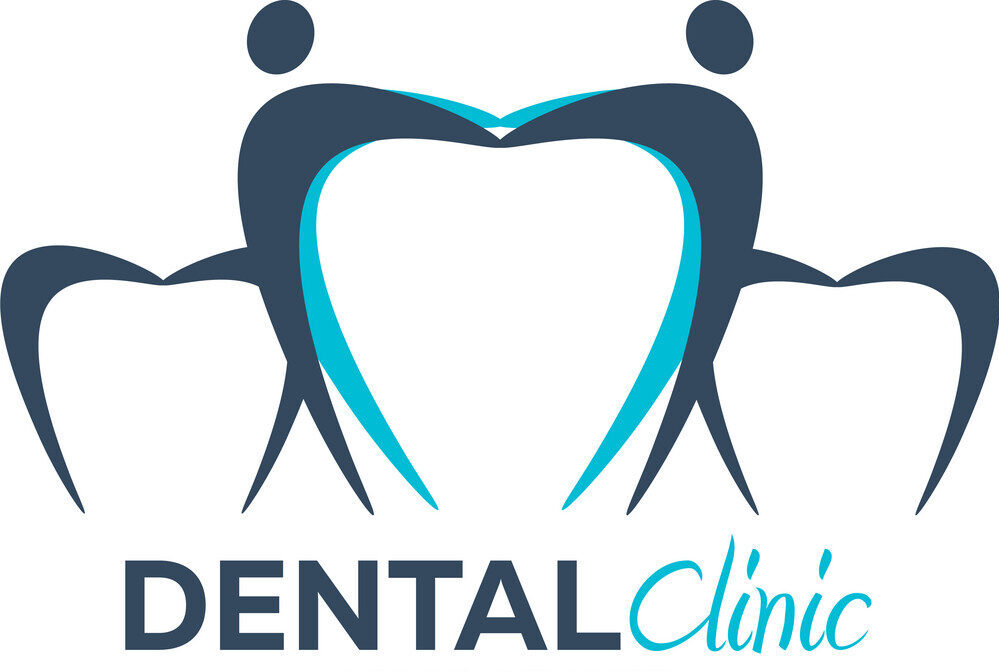Here is the list of the Top Cosmetic Dentists in North Dakota City, USA.
North Dakota
North Dakota
North Dakota
North Dakota
Nebraska
Delaware
Arizona
Portland
Is AI going to replace dentists?
What is the Future of Dentistry with AI?
Artificial Intelligence (AI) is rapidly transforming the field of dentistry, offering innovative solutions for diagnosis, treatment planning, patient management, and more. By leveraging machine learning, big data, and advanced algorithms, AI has the potential to revolutionize oral healthcare, making it more precise, efficient, and patient-centric. This article explores the current applications of AI in dentistry, its benefits, challenges, and future trends.
Applications of AI in Dentistry
AI is already being utilized in various aspects of dentistry. Below are some key applications:
1. Diagnostic Tools
AI-powered diagnostic tools analyze dental images such as X-rays and CT scans to identify abnormalities like cavities, fractures, or periodontal diseases with high accuracy.
- Example: VideaHealth’s AI software helps detect cavities and bone loss linked to systemic diseases like diabetes.
2. Treatment Planning
AI assists in creating personalized treatment plans by analyzing patient data, case histories, and outcomes.
- Benefit: Dentists can make more informed decisions about procedures and materials.
3. Predictive Analytics
AI identifies patterns in patient data to predict the likelihood of dental diseases.
- Use Case: Early detection of conditions like oral cancer or gum disease enables timely intervention.
4. Dental Robotics
AI-powered robots perform repetitive tasks such as cleaning or polishing teeth, freeing dentists to focus on complex procedures.
- Future Potential: Robots may eventually assist in surgeries with high precision.
5. Virtual Reality (VR) for Patient Education
AI-driven VR simulations educate patients about dental procedures and their outcomes.
- Impact: Reduces anxiety and enhances understanding of treatments.
6. Automated Patient Communication
Chatbots and voice assistants provide 24/7 support for scheduling appointments, answering FAQs, and offering post-treatment care advice.
Benefits of AI in Dentistry
The integration of AI into dentistry offers numerous advantages:
- Enhanced Diagnostic Accuracy: AI systems can detect early signs of dental issues that might be missed by human eyes.
- Personalized Care: Treatment plans tailored to individual needs improve patient outcomes.
- Cost Efficiency: Streamlined workflows reduce costs for both patients and practitioners.
- Improved Patient Experience: Virtual consultations and automated communication make dental care more accessible.
- Time-Saving: Automation reduces time spent on routine tasks like charting or image analysis.
Challenges in Implementing AI
Despite its promise, AI adoption in dentistry faces several hurdles:
- Data Quality: The accuracy of AI models depends on the quality and size of training datasets.
- Cost Barrier: High initial investment in AI tools can be prohibitive for smaller practices.
- Ethical Concerns: Issues like patient privacy and data security need to be addressed.
- Regulatory Approval: New technologies must meet stringent regulatory standards before widespread use.
Future Trends in AI Dentistry
The future of AI in dentistry looks promising with advancements in the following areas:
- Augmented Reality (AR): AR tools will allow dentists to visualize treatments in 3D for better precision.
- Self-Healing Materials: AI may aid in developing materials that can repair themselves over time.
- Integration with Wearables: Smart devices could monitor oral health metrics in real-time.
- AI-Powered Research: Big data analytics will accelerate research into new treatments and materials.
Comparative Table: Current vs Future Applications of AI
| Application | Current Use | Future Potential | Source |
|---|---|---|---|
| Diagnostic Tools | Detect cavities or bone loss from X-rays | Early detection of systemic diseases through oral health indicators | Wikipedia |
| Treatment Planning | Personalized plans based on patient data | Fully automated treatment recommendations | |
| Predictive Analytics | Identifies risk factors for dental diseases | Real-time monitoring through wearable devices | |
| Dental Robotics | Performs repetitive tasks like polishing | Assists in complex surgeries with precision | |
| Automated Communication | Chatbots for appointment scheduling | Advanced conversational AI for comprehensive patient support |
FAQs About AI in Dentistry
Q1: How does AI improve diagnostics in dentistry?
AI improves diagnostics by analyzing dental images with high accuracy, enabling early detection of conditions like cavities or oral cancer.
Q2: Can AI replace dentists?
No, AI is a tool that enhances a dentist’s capabilities but cannot replace their expertise or judgment.
Q3: What are the ethical concerns with using AI?
Ethical concerns include data privacy, security breaches, and potential biases in algorithms.
Q4: How does predictive analytics work in dentistry?
Predictive analytics uses patient data to identify patterns and assess the risk of developing certain dental conditions.
Q5: What is the future role of robotics in dentistry?
Robotics will likely assist in complex procedures such as surgeries while improving precision and reducing human error.
AI is set to revolutionize dentistry by enhancing diagnostic accuracy, streamlining workflows, and personalizing patient care. While challenges remain, ongoing advancements promise a future where oral healthcare is more efficient, accessible, and effective than ever before.

